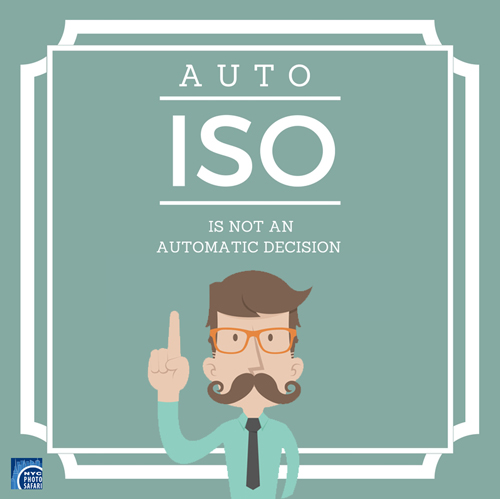
Although many photographers still advocate setting a static ISO all the time, it's just not necessary. When we were shooting film, there was no option for Auto ISO; but with digital, now every camera has this capability. Thus the question: how to effectively use auto ISO?
If you are shooting in manual mode and you need to hit a particular shutter speed and f-stop combination and have no control over your light, then this would be a good time to use auto ISO. However, depending on the available light and the combination that you choose, your ISO will probably go very high to compensate. For instance, if you are taking photos indoors but need a shutter speed of 1/250 and f/8, you may find your auto ISO pushing up to 12000 to compensate for your chosen settings and the lack of light. Having said this if you must hit a particular shutter speed and f-stop combination, do your best to introduce as much light as you can as to keep the ISO as low as you can.
If you are using Aperture Priority or Program mode and are handholding your camera, you will probably want to use auto ISO. Your camera will calculate the best shutter speed based on focal length that you are using and find the lowest ISO to compensate for both.
If you are using a tripod, then auto ISO is probably unnecessary. If you are using a sturdy tripod, then you do not have issues with steadiness. As a result a slow shutter speed is not a concern. By setting a low static ISO, the camera may set a slow shutter speed, but again this is not a concern as you have a sturdy tripod.